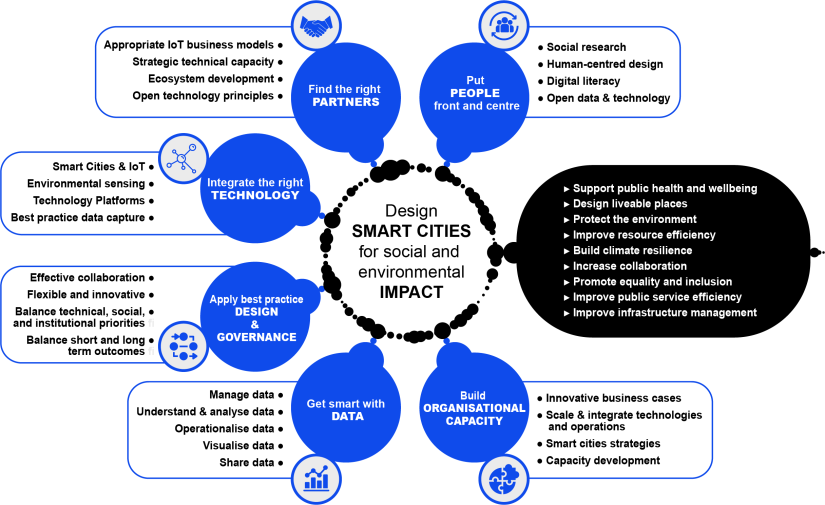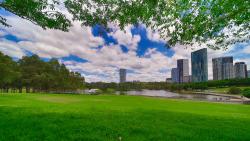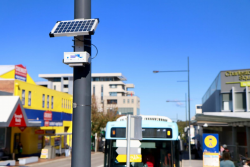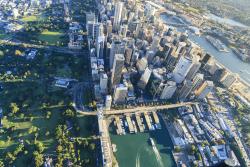Citizen-centric placemaking with smart technologies, for more liveable urban environments.
From climate change and biodiversity loss to resource depletion and social inequity, the challenges faced by cities underscore an urgent need for dramatic, systemic, and holistic re-thinking of city planning and growth. Our smart cities research seeks to re-frame these challenges into opportunities with a focus on smart and liveable urban environments that make a net positive ecological, social, and economic contribution.
Engaging a multidisciplinary team of engineers, architects, planners, environmental scientists, data analysts and sustainability experts from across UTS, and underpinned by state-of-the-art infrastructure, we work at the forefront of the emerging smart city development in Australia. We combine a deeply human-centred design and engagement approach with a strong grasp of evolving smart technologies (sensors, internet of things, big-data, advanced analytics, and automation, etc.), to support the design and deployment of smart city strategies and systems that prioritises social and environmental impacts, while also providing new avenues for economic development, knowledge creation and capacity building.
We work on transformative change that spans the entire smart city ecosystem – collaborating with industry, government, and community partners to explore their unique challenges and design targeted data-driven solutions to create thriving neighbourhoods that leave a positive legacy. We help identify and connect the right mix of partners, technologies, and methodologies to support well-integrated operational solutions and sustainable business models, ensuring measurable, ongoing, and scalable impact.
Our mission is to harness smart technologies to improve the sustainability, liveability and resilience of cities.
Our research successes
Our diverse range of projects encompasses the technical, institutional, environmental, and social dimensions of the transition towards smart, sustainable, and ultimately liveable urban environments.
We combine ISF’s excellence in transdisciplinary practice, sustainable design, systems thinking, and urban futures planning with leading technical expertise in urban informatics, sensor technologies, platform architecture development, data and geospatial modelling, and advanced analytics from across UTS, allowing us to integrate cutting edge technology and ideas with critical city operations and innovative new business models prioritising social and environmental outcomes as foundational design principles.
PROJECT | 2021-ongoing
New South Wales’ coolest public park
New smart technology set to change water management practices throughout communities with Sydney Olympic Park as the first innovative project.
PROJECT | 2017-ongoing
Technology for Urban Liveability Program (TULIP)
Applying smart city technologies and engaging citizens to build more liveable urban communities.
PROJECT | 2021
The Breathable Sydney Roadmap
Developing a program for next-generation air quality monitoring, involving smart sensors, business case development, data sharing and community engagement.




